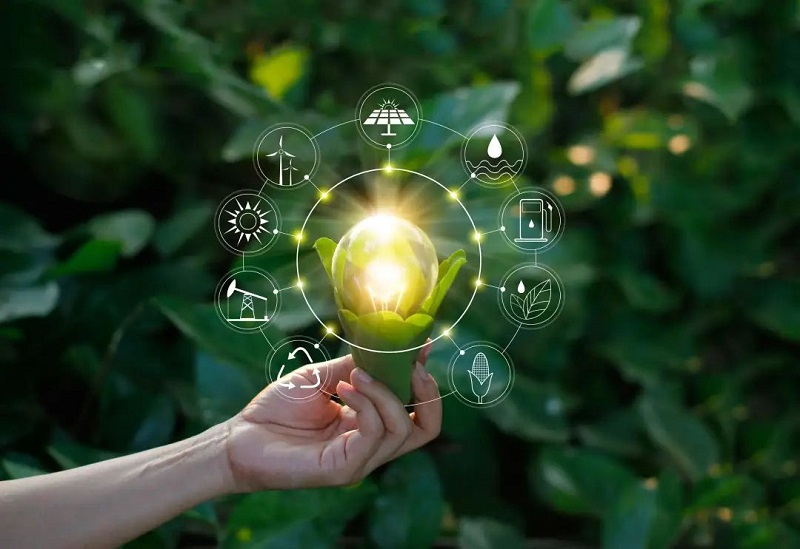What is smart agriculture?
Generally speaking, smart agriculture applies Internet of Things technology to traditional agriculture, using sensors and software to control agricultural production through mobile platforms or computer platforms, making traditional agriculture more “smart.” Using sensors to collect environmental and machine metrics provides farmers with informed decisions to improve every aspect of their work, whether with livestock or crops, with the ultimate goal of increasing crop quality and quantity while reducing waste and optimizing labor use.

Applications of smart agriculture
automatic irrigation
Due to the scarcity of fresh water, the water provided to us must be used wisely. Placing sensors to detect moisture in the soil will make efficient use of water and increase crop yields. The system consists of a water pump that sprays water based on data provided by sensors on humidity, temperature and humidity. It also helps save water.
soil monitoring
Soil provides the nutrients crops need to grow. Chemical and physical properties of soil, such as moisture content, temperature, nitrogen, phosphorus and potassium content, significantly affect crop yields. If these nutrients are lacking, farmers will apply fertilizer, but many times they end up with more or less than needed. Therefore, nitrogen, phosphorus and potassium sensors are used to monitor soil health so that the right amount of fertilizer can be applied when needed.
smart greenhouse
Greenhouse farming helps promote the growth of vegetables and fruits. Greenhouses control environmental parameters through human intervention. This results in lost production, lost energy and more labor costs, but is less efficient. Smart greenhouses built with the help of IoT can intelligently monitor and control climate without the need for human intervention. Use different sensors to measure environmental parameters and manage the greenhouse environment accordingly.
agricultural drone
Drones are equipped with sensors and cameras for imaging, mapping and surveying purposes. There are land-based and airborne drones. Ground drones are robots on wheels that survey a site. Aerial drones, on the other hand, are flying robots that can be remotely controlled or can fly autonomously with a software-controlled flight plan. Insights about crop health, irrigation, spraying, planting, soil and fields can be gained from data collected by drones. After the drones survey and collect data, they are taken to a nearby laboratory for analysis.
Predictive analytics
Crop prediction based on weather, soil requirements, etc. is of great significance for farmers to decide on crop production plans. To predict crop yields, sensors collect information about soil, temperature, pressure, rainfall and moisture. All this data is collected and analyzed on a dashboard for farmers to decide which crops to produce.
Samenvatten
With the rapid development of IoT technology, smart agriculture will become more and more popular, and the implementation of IoT technology in agricultural business can bring extremely positive changes. With the help of smart agriculture, agricultural enterprises can also benefit from it.